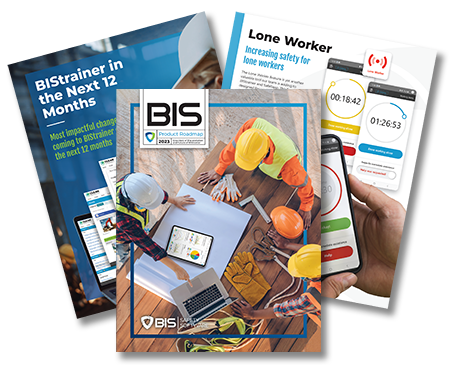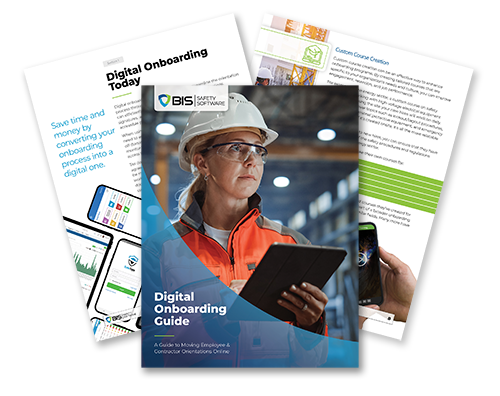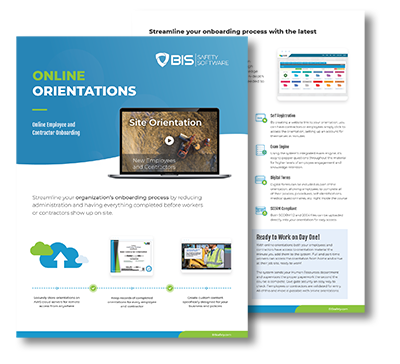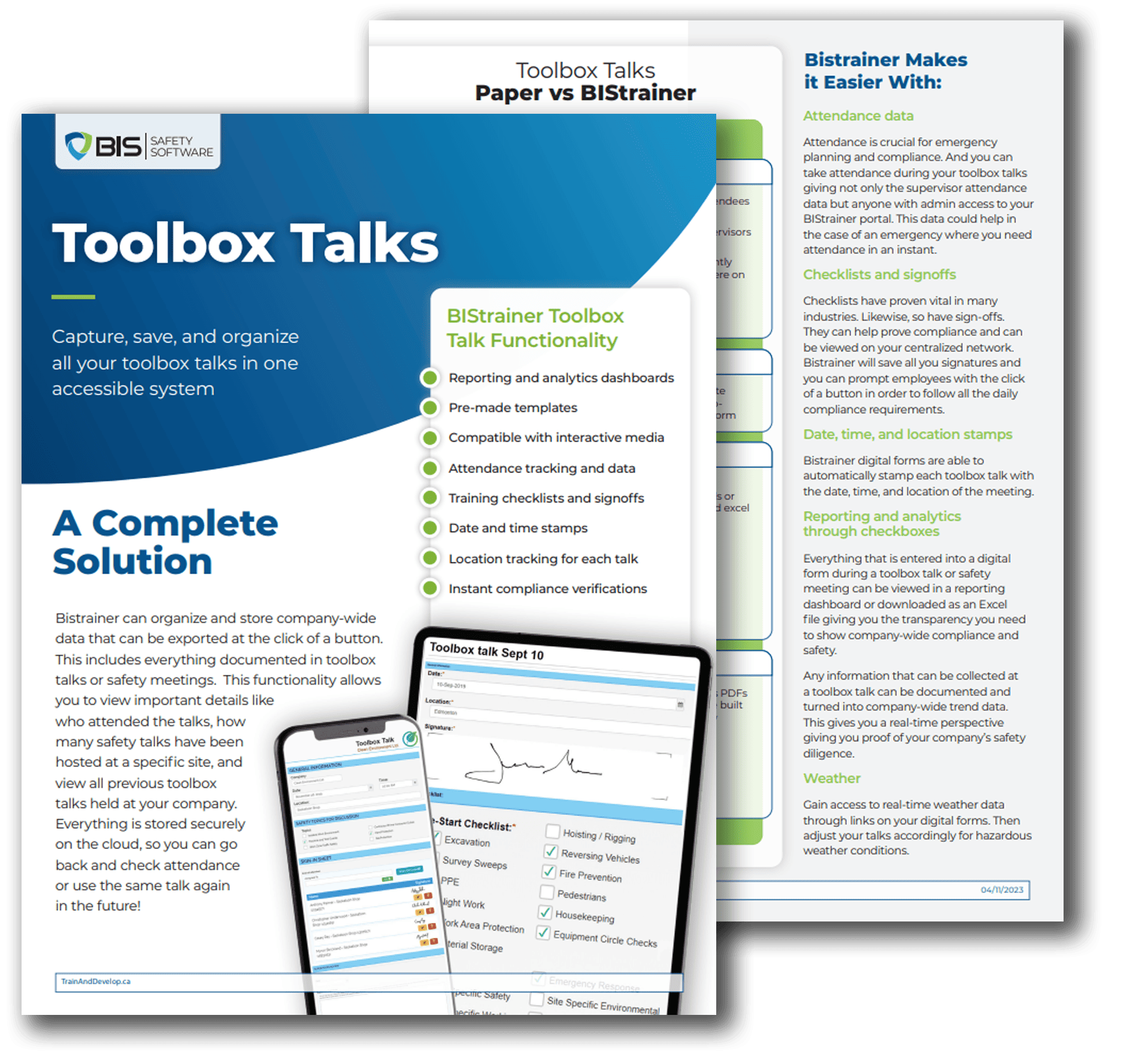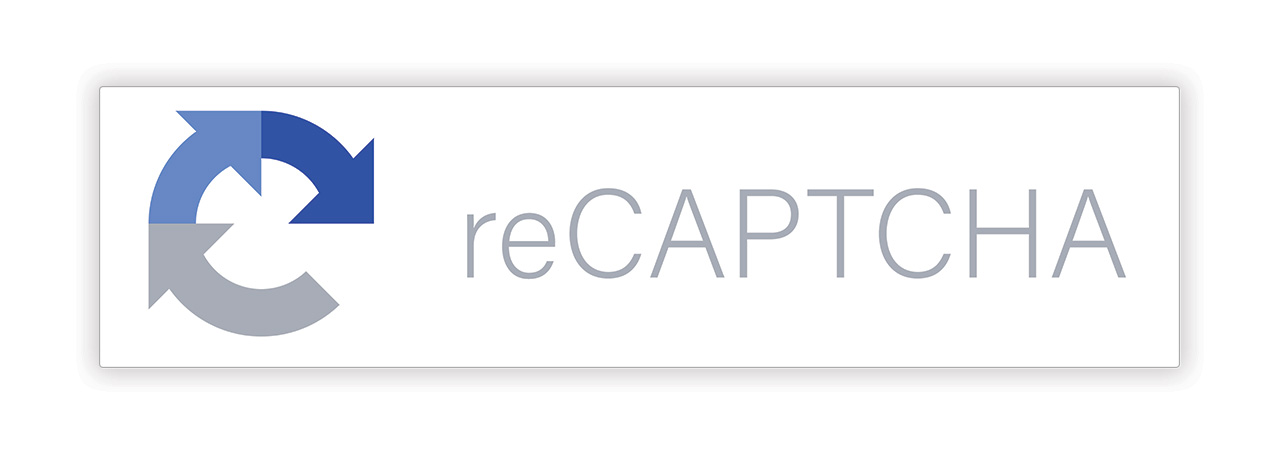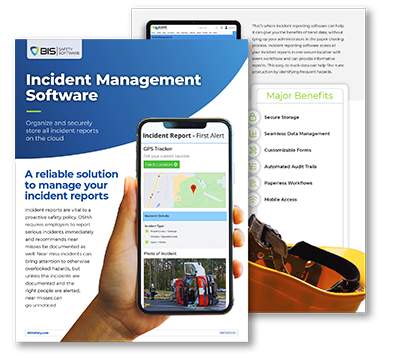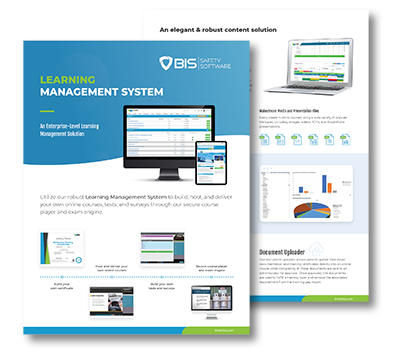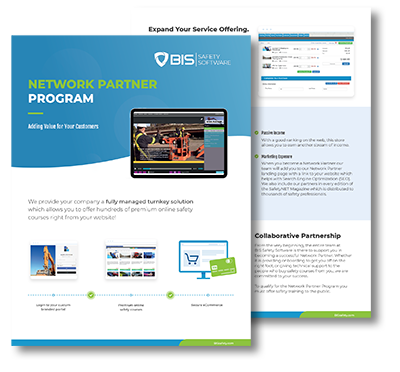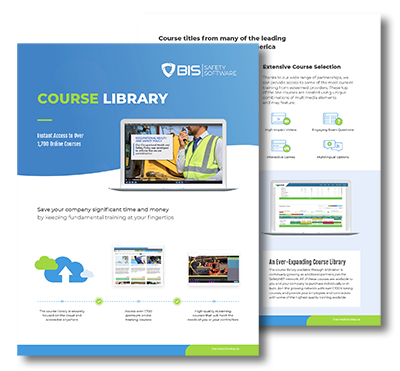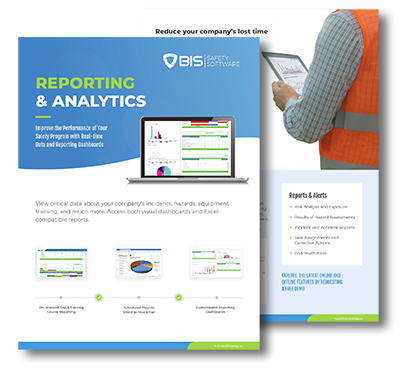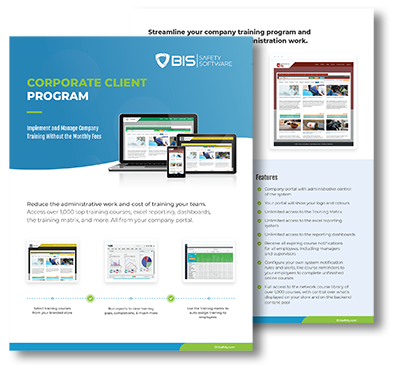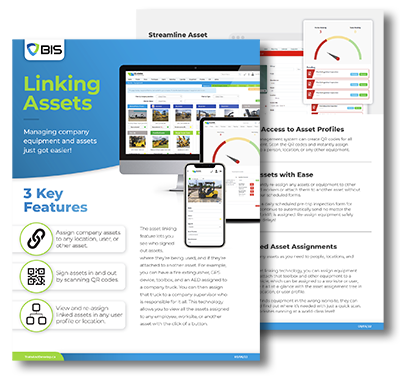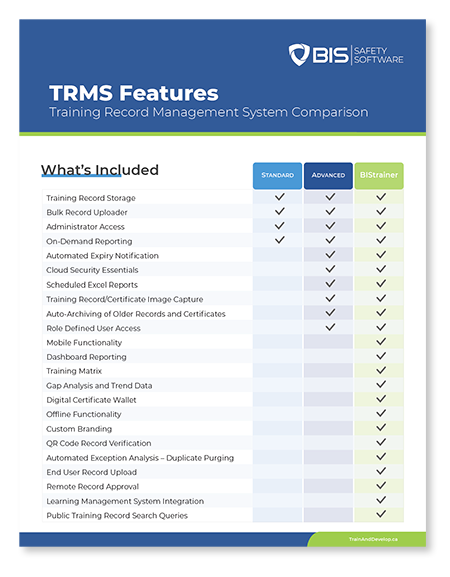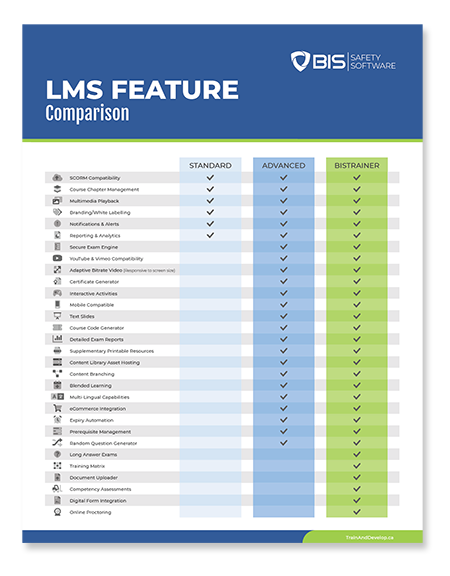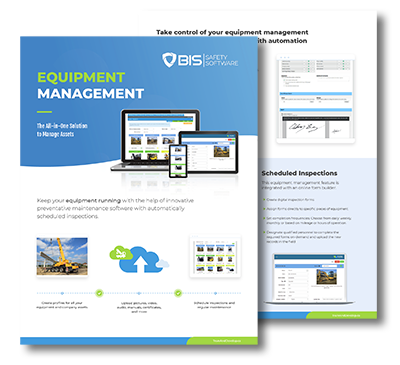Increase your ability to demonstrate the physical skills of rigging as well as the sound judgement required
Rigging and Slinging (Advanced)
RIGGING AND SLINGING (Advanced)
In many industries, when the movement of a large object is required, a crane is brought in to help lift the load. In many ways, cranes are helpful and convenient pieces of equipment. But we can’t forget that cranes are also dangerous, especially when the load they will be carrying has not been rigged properly.
In April 2016, a man and his son were the victims of a crane incident in downtown Montreal while washing the windows of a nearby building. The 20-metre long crane, which was mounted on a boom truck, overturned until it came to rest in a vertical position. During the tip-over, the father fell more than five storeys and was trapped under the boom of the crane. He was pronounced dead at the scene. His son suffered a serious head injury and was rushed to the hospital in critical condition. Additionally, almost 50 gallons of gas leaked from the crane, creating a fire and explosion hazard that endangered the public. Several eye witnesses were also treated for shock.
As is evident in this incident, the lives of crane operators and riggers are not the only lives at risk when cranes malfunction. Although no passersby suffered any serious injuries, this incident illustrates how easy it can be for the lives of the public and even other ground personnel working on site—such as construction workers, electricians, welders, cutters, and miners—to be put in danger. In fact, the majority of fatal incidents involving cranes are a result of loads falling from heights onto workers below. As crane operators, we owe it to our co-workers and those around us to understand and respect our machine and practice safe operating, rigging, and slinging procedures.
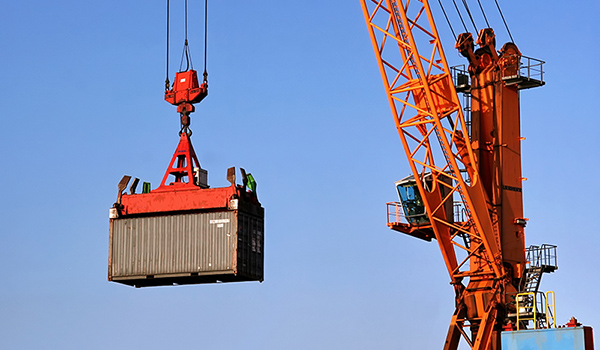

One of the biggest responsibilities of crane operators is rigging. Rigging loads is a skilled art, as well as an engineering discipline. The very nature of lifting, moving, and holding loads implies a certain risk, which through training and experience can be minimized. This course provides an overview of many aspects of safe load rigging. The material has been designed for rigging and supervisory personnel who work with all types of hoisting equipment. It is intended as a supplement to practical hands-on training and adequate practice opportunities to develop and maintain rigging skills. By the end of this course, you should be able to demonstrate the physical skills of rigging as well as the sound judgement required. With your cooperation, knowledgeable skilled riggers will become the norm.
This online Rigging and Slinging Safety course includes 5 modules covering practices and techniques to safely sling and rig loads according to the CSA (Canadian Standards Association) Z150-98 regulation, which is applicable across Canada. It also adheres to ANSI (American National Standards Institute) and ASME (American Society of Mechanical Engineers) standards.
RIGGING AND SLINGING SAFETY ONLINE COURSE OVERVIEW


Module 1: Rules and Responsibilities
The question of responsibility for the various aspects of any hoisting operation is too often unclear to all parties involved. To help clarify these responsibilities, this module outlines the specific responsibilities of crane owners, operators, and site supervisors. It also explains the requirements for pre-planning a lift and conducting hazard assessments, a legal requirement in most jurisdictions.
Module 2: Wire Ropes and Rigging
A wide variety of high tensile, highly durable wire ropes are used in industry today, and it’s important that riggers can identify what the best rope for the job is. This module explains how wire ropes are constructed, their different characteristics, and replacement and installation techniques. It also addresses safety factors, shock-loading, Safe Working Load (SWL) and Working Load Limit (WLL), wire rope inspections, and wire rope lubrication.
Module 3: Load Rigging Practices
Being able to identify and use the proper rigging hitch and/or sling configuration is a crucial part of load handling. This module describes the most common rigging hitches and sling configurations and the cautions related to each type of both wire rope and synthetic construction. It also teaches riggers how to read a sling capacity chart, and it discusses why sling angles are critical. The module also explains how to determine the D/d ratio and covers the use of softeners, sling inspection and replacement, and the use, care, and capacity of hoisting chains. Finally, it covers the relationship between load centre of gravity and sling location, removing slings properly, and the effect wind has on a load.
Module 4: Rigging Hardware
Before you can safely rig a load, you must understand the hardware you’ll be using. This module explains the use, standards, and inspection criteria of a variety of rigging hardware including spreader bars, lift beams, hooks, shackles, and eyebolts. It also describes the proper installation techniques for wedge socket terminations, describes standards and inspection criteria for sheaves and hoist drums, and describes common wire rope termination efficiencies.
Module 5: Crane and Hoist Hand Signals
Signallers direct the movement of suspended loads around other workers. If there is a miscommunication between the signaller and the crane operator, the results could be disastrous. This module describes the responsibilities of the signaler, demonstrates standard crane hand signals, and provides critical signalling tips.
Presentation
The course is presented with voiceover narration, and features photographs, videos, animated graphics, and activities to enhance the educational experience.
Resources
A 68-page .pdf booklet is available to print and reference while viewing the online course. These print materials contain a summary of the information presented in the course and provide space for recording your own notes. They also include a sample wire rope sling capacity chart and many other sample charts for various pierces of rigging hardware, such as polyester round slings, shackles, hoist rings, and more. The print materials are also available after the training is completed and can be downloaded from the account home page.
RIGGING AND SLINGING SAFETY ONLINE COURSE TOPICS
- Pre-lift hazard assessments
- Crane owner, operator, and site supervisor responsibilities
- Wire rope construction and characteristics
- Wire rope breaking strengths and safety factors
- Safe working loads for slings, hoist ropes, and pendants
- Criteria and procedures for taking defective rigging out of service
- Proper hoist line installation procedures
- Sling types, sizes, configurations, and capacities
- Basic rigging hitches
- Sling angles
- Safe and unsafe rigging practices
- Factors that affect load stability
- Use and inspection of spreader bars, lift beams, hooks, shackles, and eyebolts
- Proper installation techniques for wedge socket terminations
- Inspections of rigging hardware
- Common wire rope termination efficiencies
- Crane hand signals
Universally Compatible

Duration
Average Completion Time
Completion times vary depending on the number of times the information is viewed prior to finishing the course. The average completion time is 5.5 hours.

Testing
Knowledge Assessment
Testing is conducted in this online course to reinforce the information presented. You are provided three opportunities to achieve a passing mark of 80% or greater.

Certificate
Certificate of Completion
Upon successful completion of this course, a certificate will be available to download and print. You can access your certificate through your online account.






